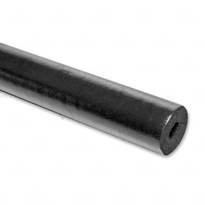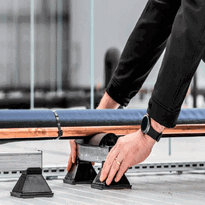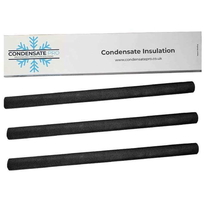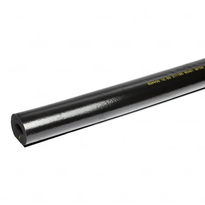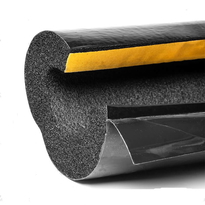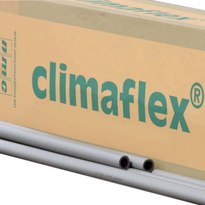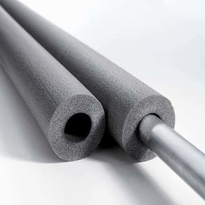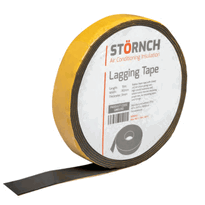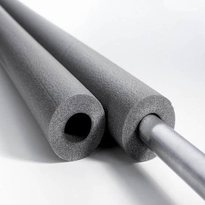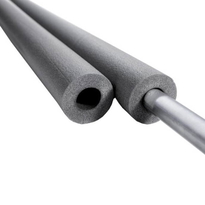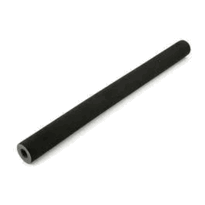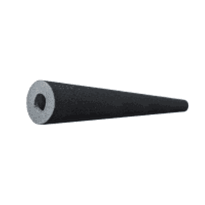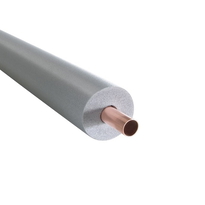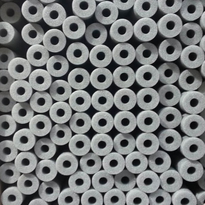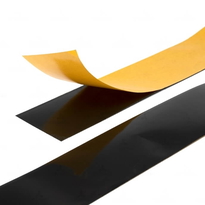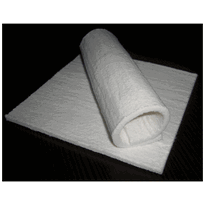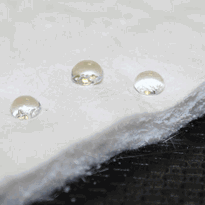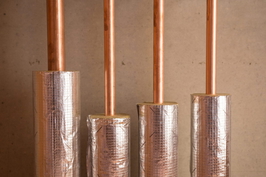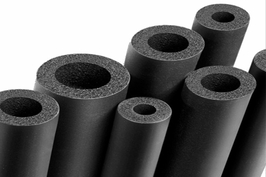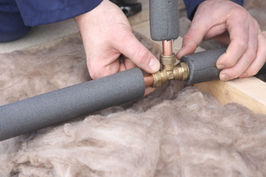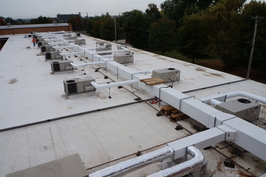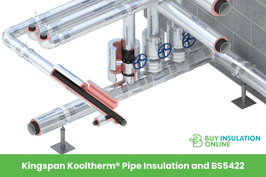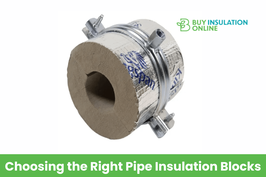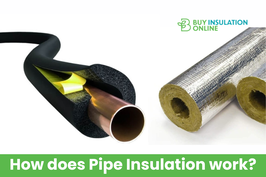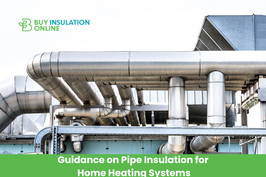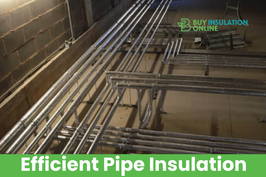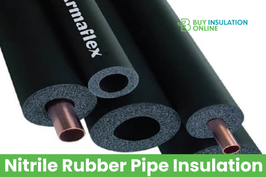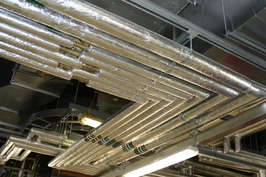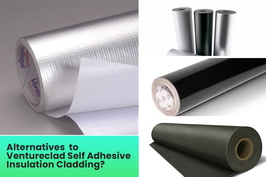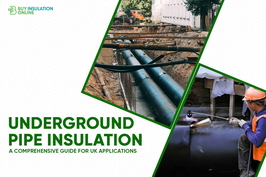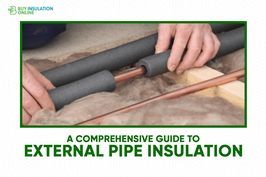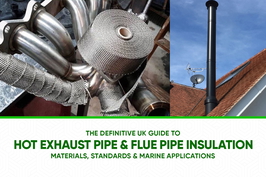Insulating Condensate Boiler Outlet Pipe
Insulating a condensate boiler outlet pipe enhances energy efficiency by minimizing heat loss, preventing condensation accumulation, and safeguarding against freezing in colder weather. These conditions can lead to blockages or potential damage to the system. It is important to use appropriate insulation materials, such as foam or foam with foil facing, ensuring the insulation is securely fitted around the pipe—particularly at external or unheated sections. Proper installation and sealing any gaps help maintain optimal system performance and improve safety. Continuing this process with careful attention to detail will further support best practices in insulation and system reliability.
Benefits of Insulating Condensate Pipes for Efficiency
Insulating condensate pipes provides an effective method for enhancing the overall efficiency of heating systems. By reducing heat loss during the transfer of hot water or steam from the boiler to other parts of the installation, insulation can notably improve operational performance.
In fact, heat loss reductions of up to 90% are achievable when pipes are properly insulated, preventing valuable thermal energy from escaping into the environment.
In systems operating at temperatures around 65°C to 80°C, uninsulated pipes can lose a considerable amount of heat. This not only wastes energy but can also impact system pressure and performance. Maintaining insulation on surfaces above approximately 50°C is essential to preserve steam pressure and ensure the system operates effectively.
Furthermore, heat loss from multiple smaller diameter pipes can accumulate significantly across extensive piped networks. Such losses may account for over half of the condensate network remaining unmanaged, leading to higher energy consumption and increased operating costs.
Implementing proper pipe lagging also helps prevent condensation on cold pipe surfaces, which can cause dampness and mold issues. By storing more heat within the system, condensate pipe lagging helps to mitigate these problems and maintain a healthier environment.
By integrating appropriate insulation, more heat is retained within the system, resulting in warmer condensate return, reduced energy use, and improved operational efficiency.
Materials and Methods for Effective Insulation
When selecting materials and methods for insulating condensate boiler outlet pipes, it's important to understand the properties necessary to withstand operational conditions and environmental exposure.
1. Common insulation materials include foam, fiberglass, rubber, calcium silicate, and polyethylene. The choice depends on factors such as temperature range and moisture resistance. Each material offers specific advantages suited to different applications.
2. Nitrile rubber foam pipe lagging is particularly suitable for frost protection due to its excellent weather resistance and durability. It maintains its insulating properties even in challenging outdoor conditions.
3. Calcium silicate insulation provides high-temperature resistance and fire safety. It's well-suited for hot piping where thermal performance is critical and fire safety regulations must be met.
4. The installation process involves accurately measuring the pipes, cutting the insulation material to size, and securing the sections with suitable tapes, zip ties, or adhesives. Ensuring a tight fit is essential to prevent heat loss, reduce condensation risk, and protect against environmental elements.
5. To maximize insulation longevity, using foil-faced options can provide additional moisture barriers and enhance thermal efficiency, as recommended in the benefits of foil facing.
Proper safety equipment should be used during installation. Selecting durable, weather-resistant materials helps maintain insulation effectiveness over time and prolongs the lifespan of the pipework.
Protecting Pipes From Freezing and Blockages
During cold weather conditions, safeguarding condensate pipes from freezing is vital to prevent system failures and potential damage. External pipes, particularly those situated on exterior walls, are most susceptible to freezing, which can lead to blockages and operational issues. Location, especially outdoor areas, plays a significant role in how easily pipes freeze, highlighting the importance of proper placement. Installing waterproof lagging with foam insulation sleeves that are simple to fit and cost-effective helps trap residual warmth, forming a barrier against sub-zero temperatures. For pipes exposed to sunlight, UV-resistant insulation prevents deterioration, ensuring continued effectiveness.
Adjusting the boiler thermostat to higher settings or leaving the boiler on continuously can help maintain pipe temperatures above freezing point. If relocating pipes internally isn't feasible, external insulation combined with additional heating measures, such as professionally installed trace heating cables, offers reliable protection against freezing and blockages.
Implementing these measures can help ensure your system remains functional during the coldest months, avoiding costly repairs and extensive inconvenience.
Key Areas and Pipe Sections to Insulate
Identifying the specific pipe sections that require insulation is a crucial step in protecting condensate systems from freezing and condensation issues. Horizontal discharge pipes are particularly vulnerable to exposure to cold air and moisture accumulation, making insulation vital in these areas. Proper insulation of these sections can significantly reduce heat loss and help prevent freezing during cold weather. Vertical pipes, especially those situated outdoors or in unheated spaces, must also be insulated to prevent freezing and maintain consistent temperature control. Sections of pipe located near external walls or within unheated areas are more susceptible to temperature fluctuations and should be fully insulated to resist these factors and prevent damage. Additionally, the use of airtight sealing tape can enhance protection by sealing gaps and preventing drafts around pipe entry and exit points. Furthermore, termination points where pipes exit the building require proper insulation to safeguard the system's integrity and comply with relevant standards. Insulating the entire length of exposed pipes is essential for maintaining efficient operation and avoiding costly repairs due to freeze damage.
Long-Term Advantages and Expert Installation
Implementing high-quality insulation for condensate outlet pipes provides significant long-term advantages that go beyond immediate energy savings. Effective insulation reduces heat loss, helping to maintain higher condensate temperatures, which in turn minimizes energy consumption for reheating and promotes stabilized boiler operation. This results in consistent system performance over time.
Additionally, well-insulated pipes are less prone to moisture formation on their surfaces, which considerably lowers the risk of corrosion and prolongs the lifespan of the pipes. Proper insulation also facilitates quicker return of condensate to the boiler, reducing delays and enhancing overall system efficiency.
From a safety perspective, insulated pipes limit surface temperatures, thereby decreasing burn risks for maintenance personnel. Insulation materials used are often designed with antimicrobial technology and high-performance resins to ensure durability and safety.
Expert installation practices—such as ensuring pipe surfaces are clean, dry, and free from contaminants—play a vital role in maximising insulation effectiveness. This careful preparation ensures that insulation adheres properly and performs optimally.
Such meticulous installation not only guarantees durability and safety but also helps ensure that the system remains operationally stable over the long term.
These benefits underscore the importance of investing in high-quality insulation paired with professional installation to maintain an efficient, safe, and reliable condensate system for the future.
Conclusion
Proper insulation of condensate boiler outlet pipes enhances system efficiency by minimising heat loss and preventing freezing conditions. Freezing can lead to blockages and potential operational failure, so selecting suitable insulating materials and ensuring correct installation in critical areas is vital. Well-installed insulation extends the lifespan of the pipes and reduces maintenance requirements.
Regular inspection and maintenance of insulated sections are essential, especially during colder months, to ensure continuous performance. Implementing these best practices offers long-term benefits, including energy savings and lower repair costs, supporting a more reliable and efficient heating system across UK properties.
